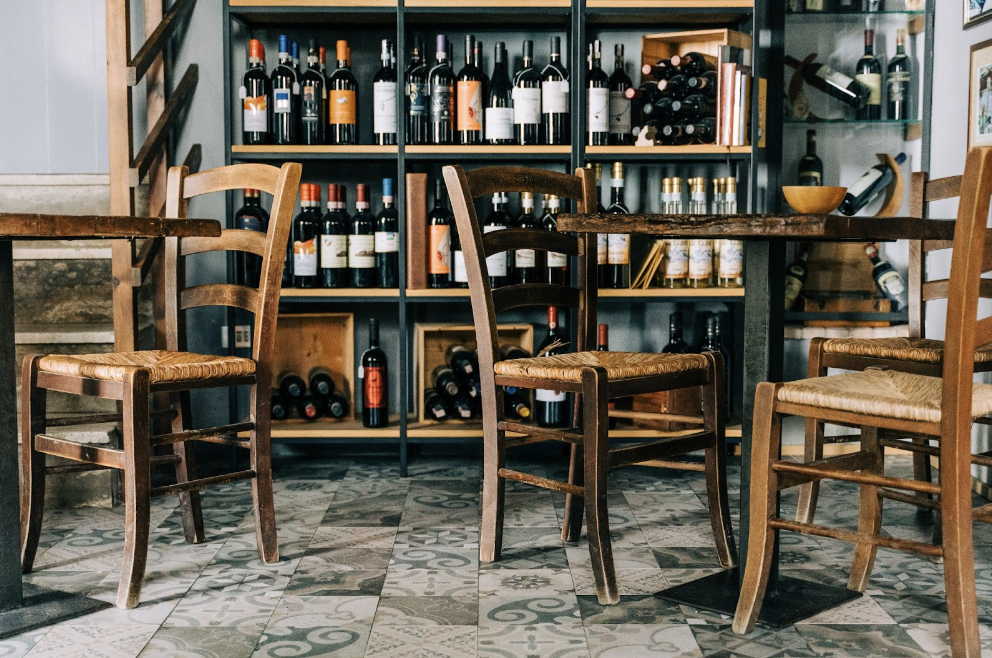By Sandra Taylor
Share this Post
Over the last 15 years, there has been a sea change in the wine industry’s attitude towards environmental responsibility. Many wine leaders “speak sustainability”; their wineries have adopted a breadth of environmental practices; and some vineyards are certified by a myriad of sustainability authentication programs. This is a much needed change…but with change comes more questions and more important debate.
For example- so many people ask me, ‘What’s the difference between organic, biodynamic, regenerative organic, natural and other certified sustainable wines?’ I know it can be easy to get caught up (and confused) by the many labels floating around. That is why I am writing a book for consumers (coming soon) that will help us define all the different sustainability labels and certifications that we as consumers will encounter in our shopping.
My first book, The Business of Sustainable Wine (2017) addressed the value of sustainability for building brand equity in the wine industry. That book was focused on environmental and social responsibility in grape growing, wine making and wine hospitality. I am now focused on sustainable consumption and helping wine consumers choose sustainably-produced wines.
Why? Because when consumers make purchasing decisions that favor environmentally and socially responsible wines, they impact further down the supply chain. Those purchases can lead towards more resilient farming communities, healthier workers, balanced ecosystems, a stronger commitment to social responsibility and producers’ economic vitality.
This next book, A Consumer’s Guide to Sustainable Wine, will be a consumer’s easy guide to buying and drinking sustainable wine. It will also include guidance on how to reduce our individual carbon footprint. Readers will learn how sustainable practices– organic, biodynamic, natural, and more– are applied in both the vineyard and in the winery. Discussing the impact of climate change, I will share the ways that we as wine consumers can best support wineries that are working towards a healthy planet. For example: alternative packaging can dramatically reduce emissions and be easily recycled. Not to mention the impact heavy glass bottles have on emissions!
For example, did you know that the glass bottle itself can contribute nearly 50% to a wine’s carbon footprint? The manufacture of heavy glass bottles is very energy intensive, and shipping of very heavy bottles also adds to emissions. Plus, by choosing one alternative, a boxed wine (technically known as BIB, or bag-in-box), you can lower your own carbon footprint by over 80%!
As consumers, we are privileged to choose from thousands of wines, from a growing list of regions around the world. Faced with so many choices, it’s no wonder people find wine puzzling and intimidating–be it choosing from a restaurant list, the local wine shop, or, increasingly, online marketplaces.
Add to that the mystery of identifying wines that match your environmental and social responsibility values. Luckily there’s much to choose from to satisfy our desires for sustainable wine– just as we seek out healthy food. As the demand for organic food continues to increase, restaurants and retailers are also seeing demand for sustainably-made wine (no chemicals, good worker conditions, etc). The last two decades have witnessed a dramatic increase in environmental consciousness worldwide. Consumers are now changing their behavior to integrate environmental considerations into lifestyle choices.
Consumers crave simplicity and expedited shopping experiences. Most don’t want to spend extra time on research and confusing responses. My new book grew out of a need to make the lives of conscientious wine drinkers easier and more enjoyable, helping to align their values with their purchasing dollars.
A Consumer’s Guide to Sustainable Wine is clear in purpose: I want everyone to buy sustainable wine. The heart of the book contains lists of wineries & wines I recommend, categorized by varietal and region, along with tasting notes, food pairing and sustainability credentials of the producers. Consider this an extensive (but by no means exhaustive) companion to have by your side this upcoming year!
A Consumer’s Guide to Sustainable Wine will be a game changer – to help people understand what sustainable wine is – people who are new to wine or those who want to go deeper in their understanding of wine. Consumers will be able to join me in showing their support for responsible wineries and winemakers who are working to keep our planet healthy – while enjoying a good tasting wine. Why not change the world for the better and enjoy doing it?”
Watch this space for more details, coming soon.

